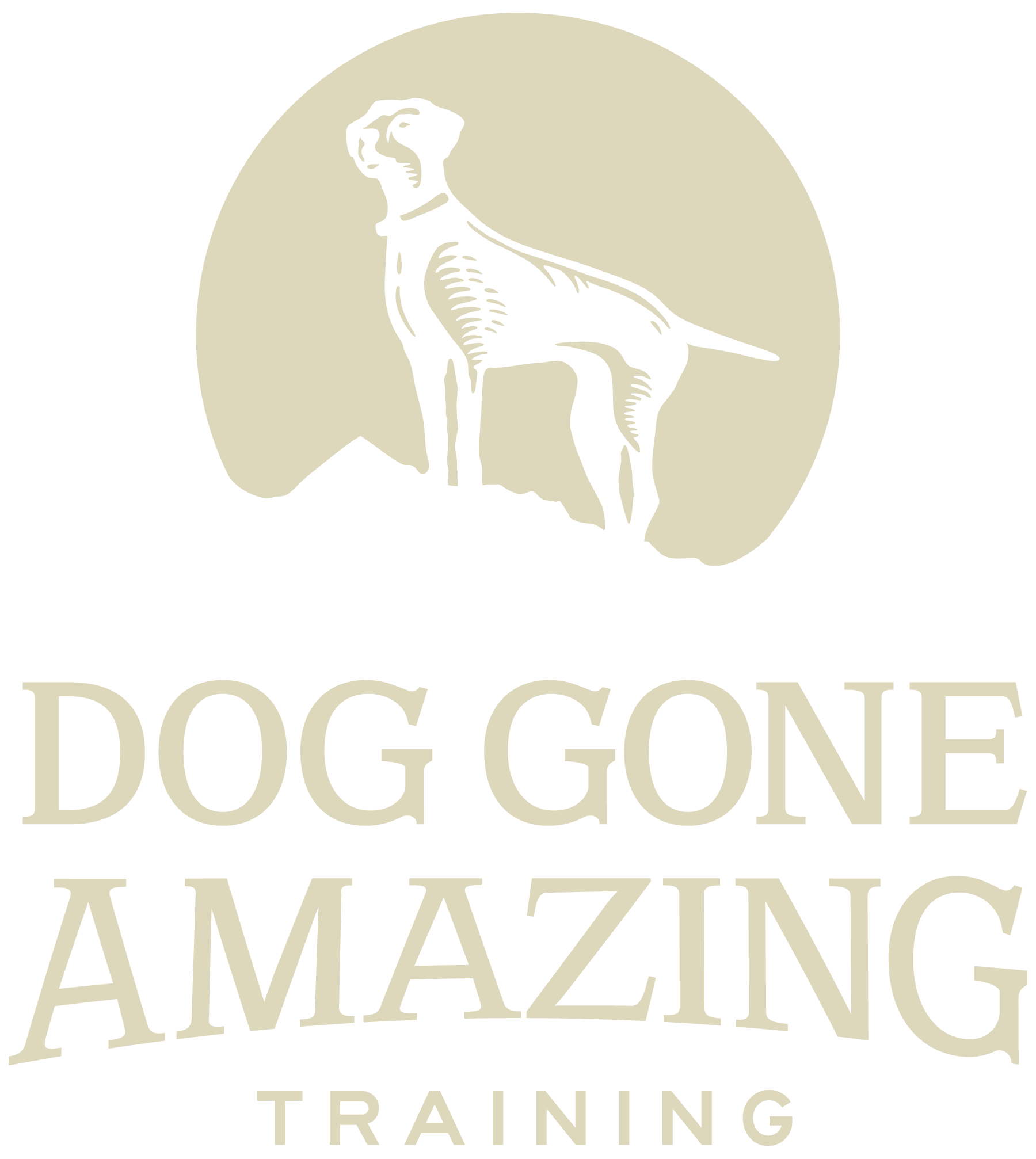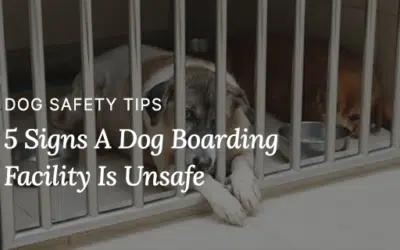Questions About DGA
What services do you offer?
Our primary focus is dog training. We have several different packages and training styles to help you find the right fit for your family and your dog. Once dogs are fully trained in one of our Advanced or Masters programs they become official DGA Member and gain access to our member-only Dog Day Care and Boarding services. To view all our dog training services click here.
Can you help my aggressive dog?
We work with dogs on all spectrums of aggression. However, aggressive dogs generally require much more focused attention and time in order to be properly trained. Our Board and Train programs provide a focused environment where they can remove bad habits, calm fear and anxiety and develop a solid routine. This makes our Board and Train programs a great match for dogs exhibiting aggression.
Can my dog attend boarding or day care without going through training?
Dog Gone Amazing’s Boarding and Daycare services are open to DGA Members only. To become a DGA Member dogs must complete one of our Advanced or Masters programs. We are a training-first community which means we are committed to creating a safer environment where we can spend less time managing behavior and more time having fun. To learn more about the benefits of a training-first community click here.
What is the best age to train a dog?
Puppies grow fast and are capable of learning as young as 6 weeks old. Our training programs aren’t available for dogs any younger than 6 months old but it’s always good for owners to get a jump start on training! Download our FREE training guide for some more advice on what you can do at home before starting your official training plan with Dog Gone Amazing.
What training tools do you use?
We believe that dog training is NOT a one-size-fits-all system. We have a variety of training tools available and are committed to working with dogs and their owners to find the best fit for reaching their goals and needs. These tools range from basic collars and leashes, to prong collars and electronic remote collars. We recommend that before you make a decision on training tools that you research the different options. Take a look at this video where our Training Director Malaika teaches about the different tools we use.
Does anyone stay the night at the center to watch the dogs?
We are not a 24 hour facility and our staff members do not stay overnight. However, we have a fully temperature controlled facility with a highly-advanced security system with live-streaming cameras, as well as a security and fire systems. We leave at night and are back bright and early the next day to care for the dogs.
What should I bring when I come for my dog’s Board and Train program?
When your dog joins us for their Board and Train program, all you’ll need to bring is their collar and leash, enough of their own food to last their stay and any necessary medications. We will provide bedding, bowls, water and treats during their stay.
Dog Training Questions
I've heard that a tired dog is a good dog. Will exercise solve most of my dog's problems?
It’s true that exercise is an essential need for dogs and a very important part of their health; however, exercise is not a substitute for training. In fact, for most dogs, vigorous exercise for extended sessions only helps them get into better shape which means they have increased their endurance and require even more exercise as time goes on in order to “tire them out”. It’s important to provide the right TYPE of exercise for dogs and the right AMOUNT. To learn more about this subject, check out this blog.
After training a dog, how long does the training “last”?
Animals learn and change their habits throughout their life. This continual learning is important because an animal in the wild that stops learning won’t be able to adapt to its environment and survive. Because of this innate need in dogs, it’s important to “always be training”. When it comes to training, if you don’t put your dog’s skills into practice regularly or to provide consistent follow up, they can start to slip out of their good habit and develop unwanted behaviors. This is why we believe in having a training-first community where we build long term relationships with our clients and their dogs. Dog training isn’t just a “one-and-done” activity – it is a lifestyle.
What's the most common training mistake people make?
One of the biggest mistakes people make is in thinking that training only happens when they are providing focused attention in a training session. However, training really happen continually throughout the day. Because of this mistake, owners accidently reward unwanted behaviors without realizing it and miss opportunities to reinforce boundaries.
Do you use only positive reinforcement?
No. Reinforcing good behaviors is definitely important and deserves focus. However, it’s equally important to correct undesirable behavior as it is to give rewards for good behavior. If both are not done when needed, then the dog will continue to be confused as to which behavior you want and a good habit will not be formed.
Do people have naughty pets because they treat them like their kids?
We, humans, love to “anthropomorphize” dogs. That means we give them human traits, emotions, and intentions. It’s the only way most of us know how to relate and connect with them. However, sometimes this “spoiling” behavior causes people to be afraid of setting boundaries with their dogs. Spoiled dogs who have no boundaries set tend to be more anxious or frustrated than dogs with clear rules even though they may have access to everything they want. To read more about how to show your dog you love them, click here.
How do I get my dog to stop barking at visitors?
Dogs bark for many different reasons when people come over. It can be excitement, anxiety, fear, aggression – or even a combination of these (depending on who is visiting!). The best way to get your dog over this is through conditioning – this means teaching your dog that when he hears people approaching, he needs to access a calm state-of-mind. This is often achieved by creating a pattern in which your dog learns to go sit in a specific spot or on their bed when the doorbell rings or they hear a knock. This helps them know what to do and refocus their energy.
Should I DIY or should I hire a professional dog trainer?
We can chat all day about the benefits of professional dog training…we’re obviously a little bias. But if you’re considering a DIY approach this may be the best option for your family and your dog. The best advice we can give is that whatever you choose, make sure you do plenty of research to educate yourself on the best possible approach, develop a training plan and be sure that you are willing to commit the time and patience you need to be successful. To learn more about whether DIY training is right for you, click here. Otherwise, we offer several free resources on our site to help. View our video gallery, or download our FREE training guide.
DOG TRAINING BLOG
5 Warning Signs A Dog Boarding Facility Is Unsafe
5 Warning Signs A Dog Boarding Facility Is Unsafe We realize there are a lot of options when it comes to finding a caretaker for your dog when you travel. But, unfortunately, not all dog boarding facilities are created equal. If you're considering where to board your...
New Years Resolutions For Your Dog – Dog Training Service
Make 2025 the Year of Transformation with Our Dog Training Service Happy New Year! Have you made any resolutions? This year, we’re talking about resolutions for your furry best friend. While we often set goals for personal improvement, imagine how much your dog could...
Tips for Keeping Your Dog Active This Winter
Tips for Keeping Your Dog Active This Winter The weather outside might not be frightful, but it’s still cold, dark, and soggy enough to keep you and your dog stuck indoors. That can be ho-ho-horrifying. But it doesn’t have to be. Winter is actually a great...

Proud Sponsors Of




